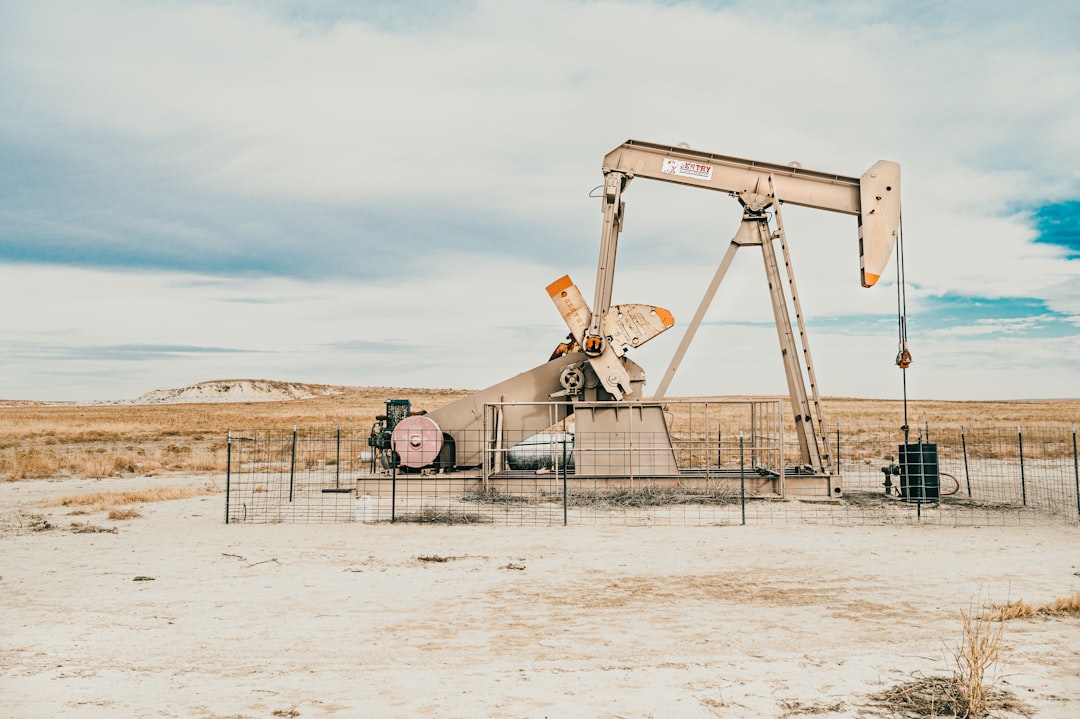What is it about?
Distinguishing between different tree types of Populus sp. used in buildings, especially Chacoan greathouses (AD 850-1200?), provides an excellent monitor of labor effort used to procure certain wood species for construction. For selected greathouses, where wood analyses have been done (Aztec West Ruin and in Chaco Canyon), the distances involved in obtaining typically local cottonwood and distant aspen resources can be as great as 30-50 miles, a huge distance in labor investment.
Featured Image
Why is it important?
see above. For instance, Aztec West, which used 1000s of Populus sp., supported by tree-ring laboratory identifications, for secondary roofing elements (latillas) did not harvest the plentiful cottonwood nearby (a few 100 m) along the Animas River, except in rare instances, but instead went at least 30 miles to the mt. forests behind Durango, CO, to obtain aspen, instead.
Read the Original
This page is a summary of: Differentiating Aspen and Cottonwood in Prehistoric Wood from Chacoan Great House Ruins, Journal of Archaeological Science, May 2002, Elsevier,
DOI: 10.1006/jasc.2001.0746.
You can read the full text:
Contributors
The following have contributed to this page










